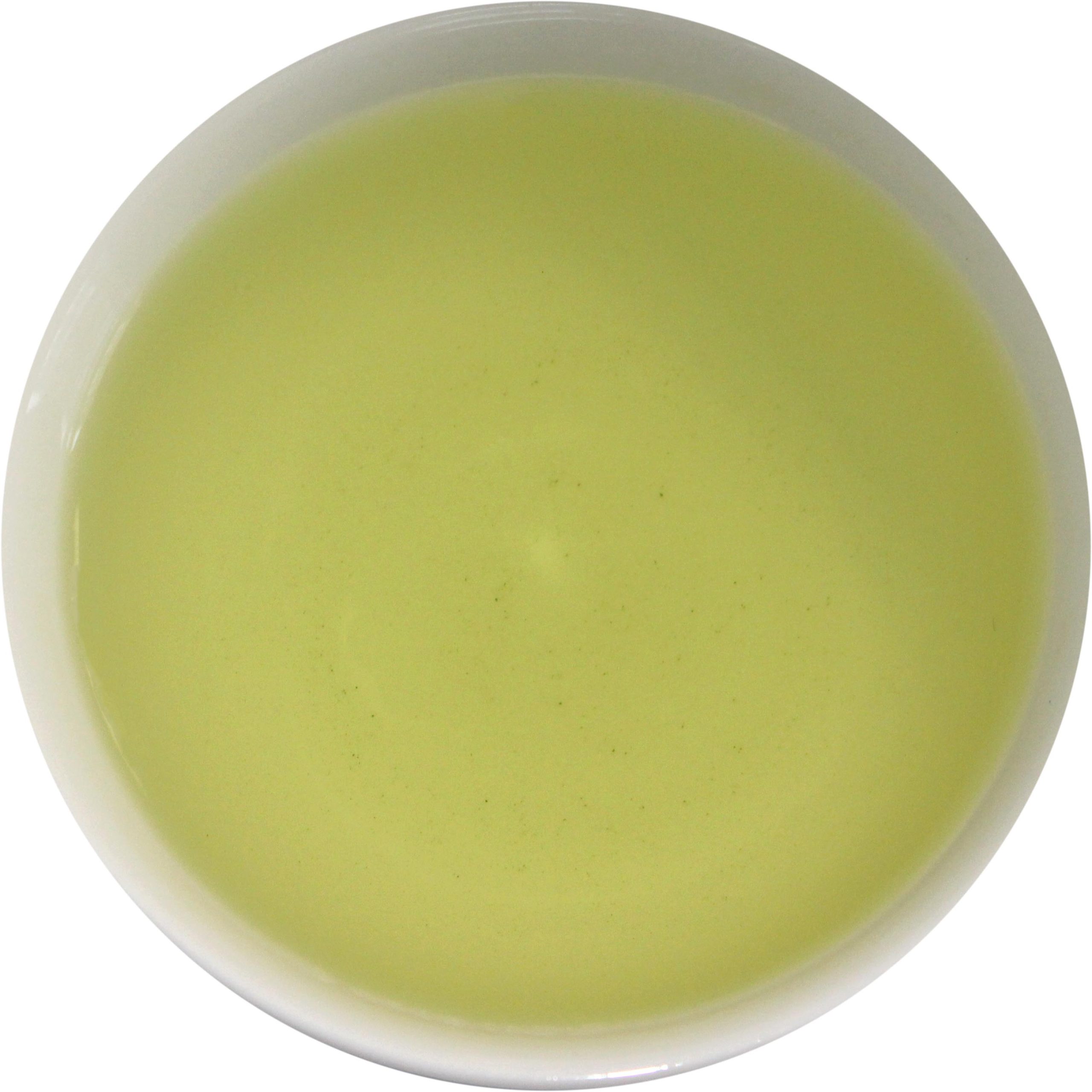MENU
MENU


Green tea
Japan
Tencha (Japan)
Tea is classified into six categories: green tea, white tea, yellow tea, blue tea (oolong tea), black tea, and dark tea. This site introduces the various teas that CHAMART has sampled.
Green tea
Un-fermented tea
Tencha is the raw material of matcha. Matcha is made by grinding tencha with a stone mill to make it into a fine powder. Tea fields of tencha are covered with straw mats or man-made black mats to block sunlight for around 3 weeks prior to the tea leaves plucking. When the sunlight is blocked, catechins (bitterness components) are suppressed and amino acids (umami components) increase.
The cultivation methods of tencha and matcha are the same. Only soft sprouts are picked. The tea leaves are steamed and dried, but not rolled after steaming like sencha or gyokuro.
There are some views on the origin of covering tea gardens with straw mats. One of them is that is was originally to protect the sprouts of tea from frost. Another view is making matcha was a laborious task because matcha was produced only for noble people.

Unattributed wood‐block print “covering tea gardens with straw mats”
Production area: Uji (Kyoto), Nishio (Aichi), other various places in Japan
Flavor: The tea leaves have a rich matcha aroma (a kind of salt aroma of the sea) and a slightly sweet aroma. The tea leaves mixed with some salt can be eaten with rice as furikake because the leaves are very soft.
Furikake is seasoned dried food for sprinkling on rice.
The flavor of brewed tea is not strong compared with sencha or fukamushicha.
Reference:
松下智 (平成3年) 日本名茶紀行 (初版) 雄山閣出版
高野實、谷本陽蔵、富田勲、中川致之、岩浅潔、寺元益英、山田新市 執筆 (社)日本茶業中央会監修 (2005) 緑茶の事典 改定3版 柴田書店
大森正司、阿南豊正、伊勢村護、加藤みゆき、滝口明子、中村羊一郎編(2017) 茶の事典 初版第日本茶業学会茶の科学用語事典(第3版)編集委員会(2021) 茶の科学用語事典(第3版) 日本茶業学会 大日三協
工藤佳治主編者(2007) 中国茶事典(初版) 勉誠出版
農協研究機構 (研究成果)抹茶の定義に関する技術報告書がISOより発行
https://www.naro.go.jp/publicity_report/press/laboratory/nifts/152224.html#yogo1
ISO/TR 21380:2022 Matcha tea — Definition and characteristics
The International Organization for Standardization (ISO)
https://www.iso.org/standard/80777.html
*The site does not describe all “Teas of Japan” or all “Teas of the World”. Additionally, each article expresses the writer’s personal experience and feelings.
*The information provided on this site may be updated. If you find any information in this article that is incorrect, new, or incomplete, please contact CHAMART.